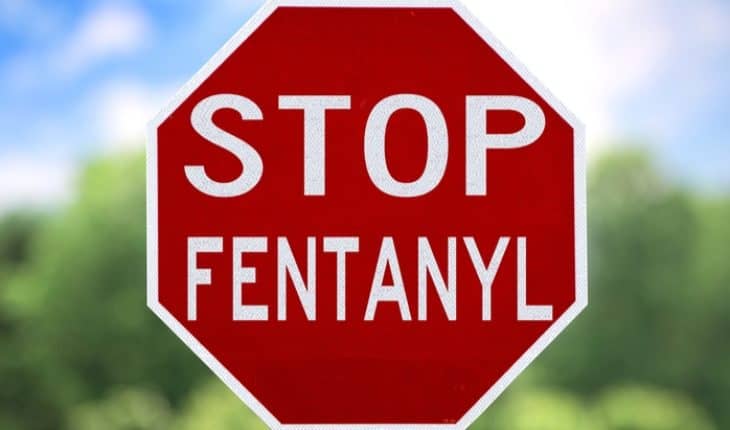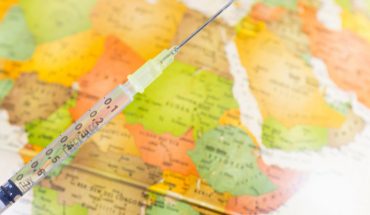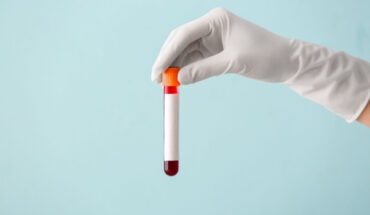There are few antidotes to death in medicine – at least not ones for use by those of us who are not doctors. Naloxone – an antagonist that reverses the effect of an opioid overdose – is one such drug which can be used by the lay responder to save the life of someone overdosing. That it can be carried by those most likely to need it makes it powerful like asthma inhalers and epi pens: kit designed for friends and family to use to help each other in terrifying, stressful and urgent situations. A new study looking at how to respond to an opioid overdose has just been published in the International Journal of First Aid Education by the British Red Cross.
Over 1200 people die each year in the UK from opioid overdose – unintentional deaths affecting communities, families, individuals in the most tragic of ways. The age and socioeconomic profile though is changing: fewer young people are becoming heroin users and those who are dying tend to be older – ones who have been using for some time. Mix this with those who started on prescription opioids and then moved to the illegal scene and the picture develops to incorporate a broader population addicted to deadly drugs.
Focusing on illegal drug users, the British Red Cross study adds to the body of evidence which can help public health teams decide how best to prepare ‘at risk’ populations to deal with potential overdose. With the number of people hospitalised after overdosing on opioids almost doubling in the past decade to 11,500 cases (BBC, February 2019), investment in such knowledge is worthwhile.
Working with partner organisations, the British Red Cross set out to explore the effect of training opioid users and their families in life-saving first aid. They revealed a profound willingness amongst learners to help each other and to learn what needed to be done in an overdose situation. Worries about being stigmatised if found carrying precautionary Naloxone – an issue other studies have identified as problematic when urging participation in training – did not feature as a challenge amongst these participants. However, there were logistical challenges of fitting the training around the realities of being a drug user.
The training covered overdose recognition, resuscitation and administration of Naloxone. The British Red Cross learned how important peer-to-peer support was in making the training effective. Educators found they needed to be flexible to learner needs – allowing for inter-group conversations, and making each element of learning short and engaging to maintain attention. These aspects were important to capture as they indicate how education of this kind, if delivered appropriately, can play a prominent role in building community resilience.
An interesting question, though, is how applicable the findings might be to other populations of opioid users. Of the participants in the Red Cross study, many were illiterate and unemployed. Extrapolating the findings to support people whose addiction is more ‘hidden’ from society – the 4 out of 5 people who try heroin following an opioid prescription; those who are in work, literate, and leading active, sociable lives but hiding their addiction which started from a legitimate prescription – might need a more nuanced approach.
Of course, education alone is not the only answer. Policies which support harm reduction (such as needle exchange programmes) and treatment, as well as pressure on those prescribing painkillers need to be added to the mix. Perhaps the most urgent call to action is the normalisation of Naloxone in first aid kits. As the most powerful first aid tool available for an opioid overdose, the first person on the scene needs to have quick access to Naloxone, and know how to use it.
- New lipid-based pathway discovered as key to memory formation - 25th June 2025
- Crucial link could explain how Alzheimer’s takes hold - 25th June 2025
- Understanding Your Mind Can Improve Daily Life - 25th June 2025







